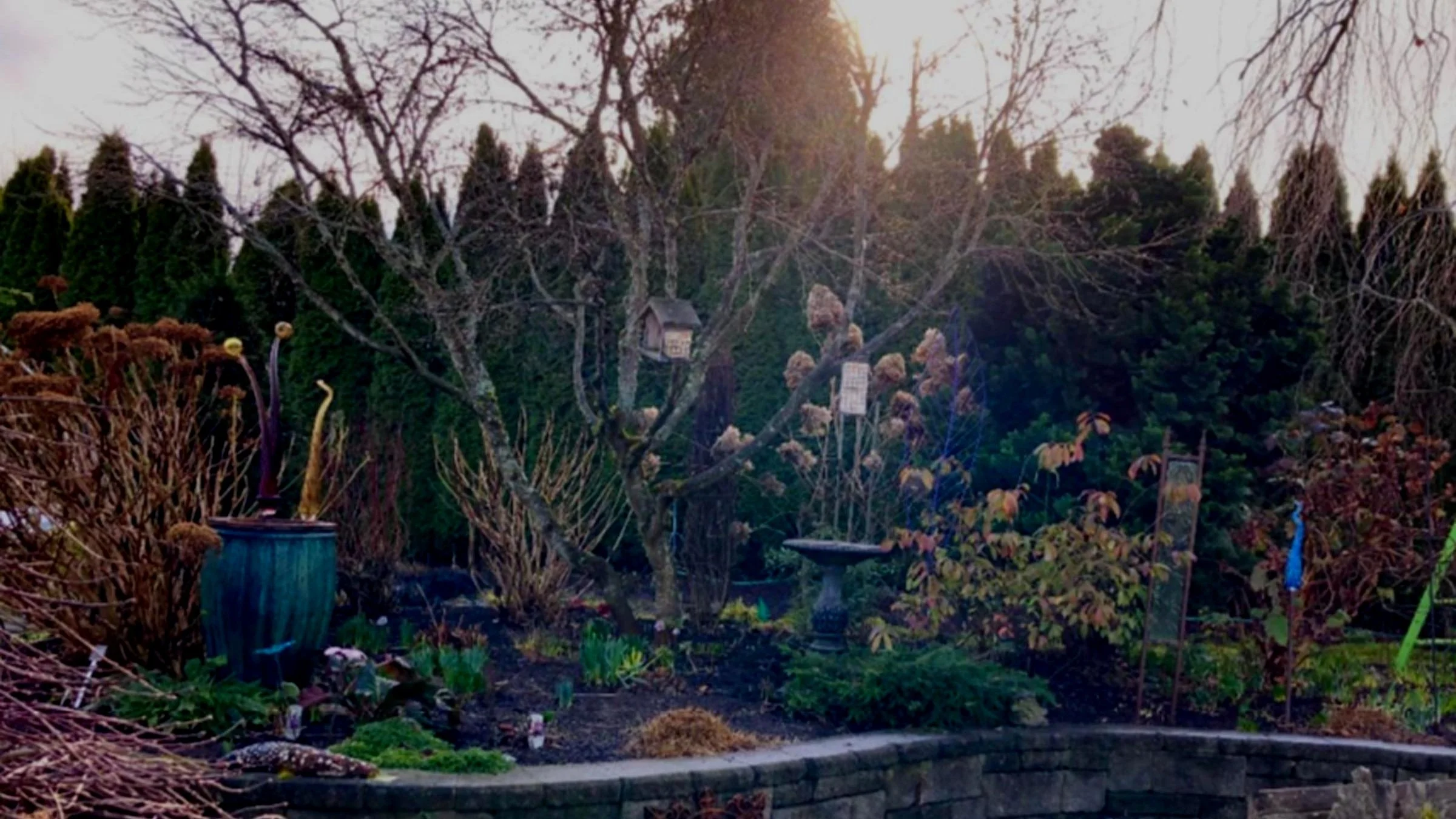My hope from last week is that I got everyone’s pruning juices flowing. This week I will attempt to build on that momentum and get into some more specifics. If you got outside in this wonderfully cold and sunny weather and started your personal pruning battle plan, pat yourself on the back! You have earned a gold star and embarked on a journey to pruning success. If you haven’t, don’t worry, there is still time.
As we continue to talk pruning, keep in mind the two major techniques that gardeners utilize (especially during the winter months) that we will discuss below. Some plants may respond well to one or the other, while some may respond to both, but definitely consider these as you begin to rejuvenate plants around your garden…
Thinning: Thinning cuts are a must with almost all shrubs and trees, as you are essentially pruning the interior and keeping the natural shape of the overall plant. Opening up the center creates better air circulation and allows sunlight to penetrate, helping you avoid diseases. Stems often die out towards the center, which is not necessarily a problem, but rather the natural process of most plants as they grow upwards and outwards. Removing this older dead wood is both aesthetically pleasing to the eye and also helps prevent diseases from infecting interior branches. You are doing your specimen a favor by thinning out this twiggy and congested growth. Nice, clean cuts all the way to the trunk or main limb is essential – never leave any stubs. I would always start with this thinning process, including any crossing branches and those going in unwanted directions. With larger trees, this may also involve removing some lower limbs to the trunk, getting the tree higher off the ground if needed.
Heading Back: I do some heading back in my yard as well, but not nearly as much as I see others doing. When you head back wood, you are shortening that branch in height or width, reducing the plant’s size a bit, while allowing it to simply re-grow later. The severe side of this is topping a tree or shrub too much, which is often the plant butchery I see that makes me cringe. Plants are indeed resilient creatures and will eventually re-grow, but why indiscriminately saw off a bunch of old trunks and call it good? This is the bad and the ugly of pruning in my opinion. The quick and easy way to control size is not always the best, in all honesty. Maybe a branch has gotten out of whack or a plant is a bit tall… then some heading back may be your answer. Again try not to leave stubs, and pay attention to your buds - which we will get into more next week. Heading a branch back is a way you can directionally prune and shape plants to both their location and hopefully your liking.
If you recall one of the rules I dropped on you last week (“prune after bloom”), I am going to really focus in on why we prune the vast majority of plants after they are done blooming. Understanding how and when your plants bloom is crucial to proper pruning.
Old-wood versus new-wood: Think as a plant for a moment… If you spent your entire previous growing season setting flower buds that open the following spring, then you are an old-wood bloomer. On the other hand, if you put on growth in the spring, then set flower buds and bloom immediately that season, then you are a new-wood bloomer. This is a major factor in terms of pruning timing, and speaking for plants (and the bees that love them), please don’t cut my flower buds off!
Nothing perplexes me more than seeing an old Magnolia, Dogwood, Rhododendron, Azalea or any other old-wood blooming plant being cut back in winter. Even if it needs a prune, why not let it bloom, keep the bees happy, enjoy maximum flowers, and then prune after it is all over? Once it is done, then have at it, as that plant will re-grow and then set buds over summer to bloom again the following year. Be sure not to cut it later in the summer as you’ll get the same result – minimal flowers as that poor little plant lacks the time needed before dormancy to set buds.
The many new-wood blooming plants, like Spiraea, Potentilla, Butterfly Bush, and Roses, can be cut back in early spring, as they will re-grow, set buds and bloom nicely that same season in the garden. Roses, as an example, should be pruned here soon (mid to late February) in order to get them ready for the coming season. Thin out weak canes, removing anything thinner than a pencil and head back older canes to outside facing buds to help keep your rose open in the center and maximize your flower power this summer.
I am hoping that now as you think about your landscape, you can picture the vast array of plants that awaken each spring (and even some here sooner in late winter) and immediately flower - shrubs like Flowering Currant, Quince, Forsythia, Deutzia, Azalea, Rhododendron, Lilac, and countless others. Or trees like Dogwood, Magnolia, Cherries, Witch Hazel, Crabapples, Redbud, Golden Chain, Service Berry, and many more. I can only speak for myself, but I always desire to maximize my floral display throughout the landscape. Thin out as you can during this time of year, but do not head back all of the old-wood blooming shrubs and trees as it will greatly reduce, if not eliminate your flowers. Allow them to brighten your spring with blooms first, and then selectively head them back to control their size.
Like I stated last week, always ask for help at your local garden center if you are not sure what plants prefer as far as technique or timing. Allow a Certified Professional Horticulturist or Arborist to assist you and help you be successful. There are so many wonderful plants we can grow, and pruning them the right way will allow them to thrive in our landscapes for years to come. I will try to keep the Eastwood references going, so once again, go prune, aiming for the good while hopefully avoiding the bad and the ugly. As Dirty Harry may add, “go ahead, make my day”. Do your best to prune with thought, proper technique, and most importantly with your purpose top of mind.
Remember, leaves up and roots down…



